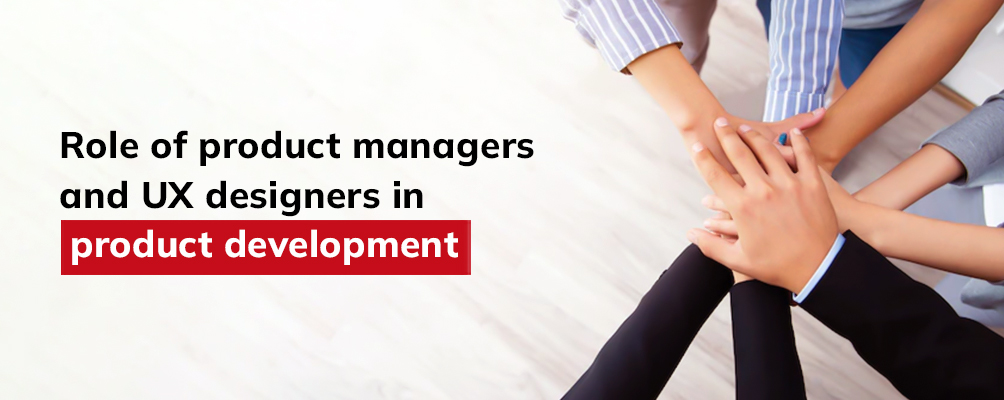
Product managers (PM) and UX (user experience) designers have a lot in common. However, their roles are typically different. In smaller firms, the UX team often takes up the duties of a PM. As the firm grows, the responsibilities of both experts become more specific.
Let’s try to understand the roles of a user experience designer and a product manager. Product management and UX design are two parts of the product development lifecycle. While the former is responsible for meeting the company’s business goals, the latter focuses on its users.
How does a product manager (PM) support?
The role of a product manager is to wisely bridge the user needs and company goals. To achieve this, a PM delivers high-quality digital products. They face their fair share of challenges as they convince and guide cross-functional teams to develop a product.
A product manager starts with research in the market and user requirements. After the analyses, the PM sets the vision and goals of the product. The UX designers build design assumptions following the vision and goals shared by the PM.
Once the UX team shares the design assumptions, the PM prioritises the product features. They also set the timeline for product implementation. Alongside they keep track of the dev team’s progress and drive everyone to reach the company and product goals. Hence, we can define the role of PM as follows:
- Observing the market and competition closely.
- Creating the product strategy basis user needs and market competition.
- Bridging the digital product to the company goals.
- Keeping track of the product development lifecycle.
- Aligning the different teams to work in the same direction.
- Resolving problems that arise during the development process.
- Clearly communicating the timeline, features, and deliverables with the team.
What does the product designer or a UX person do?
A product designer deeply understands the potential users, knows their pain points, and designs the best possible solution to resolve a specific user problem.
They start with identifying the potential users of the product. With potential users in mind, they visualize and sketch the user journey using minimal to high-quality wireframes termed prototypes. The team then shares their suggestions to improve the product.
With a prototype, the UX design team takes feedback from users and implements the changes to refine the product idea so that the design decisions stay relevant to the users.
Hence, a UX designer must:
- Closely understand the users and their pain points.
- Study and research for product usability.
- Have experience in design tools and prototyping tools.
- Understand the process of product development.
- Communicate well, so that everyone is aligned throughout the product development lifecycle.
Conclusion
It is crucial to understand the role of a UX designer and a product manager to avoid conflicts in the long run. Now that we know what the two experts do, we will see how they collaborate to deliver a successful product.
- A product manager defines user problems and why resolving them can benefit a business. They have deep knowledge about the users, based on which they also share a strategy for creating a product.
- A UX designer then utilises their expert knowledge to develop solutions/product features aligned with PM’s strategy.
- Both discuss the product backlog to prioritise the features, map out prototyping, and validate solutions.
- While developing the product, they both keep business goals in mind while measuring up to user expectations.
In short, we can say that a PM defines the “what” of a product and lets the UX team decide the “how”. The combined effort of the PM and UX team creates a viable solution to keeping the business afloat.
No Comments